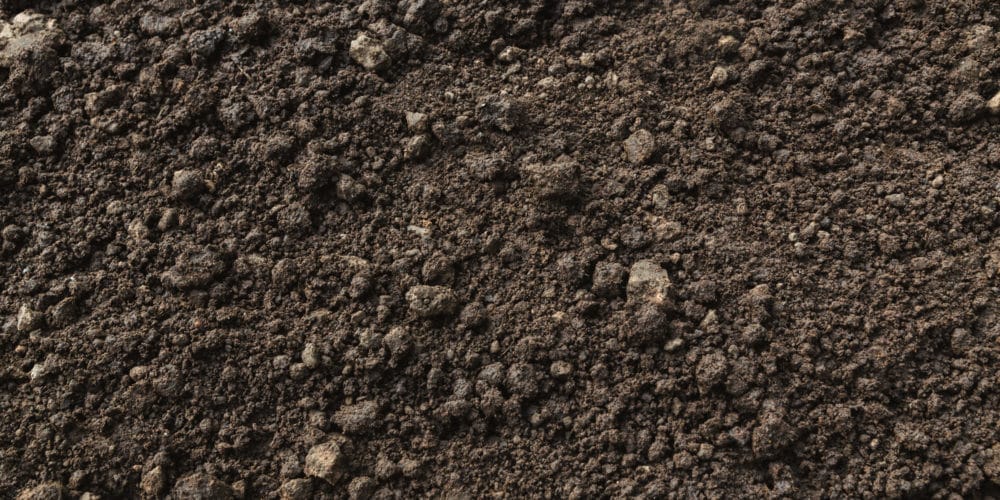
One species’ healthy soil is another’s no-go area.
A couple of years ago I was delighted to have played a (very) small part in making some more habitat for Cornish Path Moss – known to bryologists as Ditrichum cornubicum. This threatened species thrives where other, younger, more sophisticated species fail. Specifically, it thrives on heavy metal-rich soils too toxic for other species to survive. Once the Path Moss is established, breaking the pathway to the underlying contamination, other species can grow… on the moss.
From the 8 July 2019 Lords Soil Health debate it is clear that Parliament understands soil to be the stuff that plants grow in – not the unconsolidated stuff our houses are founded upon and our utility trenches are dug into.
Soil health legislation is a hot topic across La Manche as the European Commission prepares for a directive[1]. So my interest was piqued when I read about the House of Commons select committee on Environment, Food and Rural Affairs (EFRA) inquiry on Soil Health. The committee equates soil health with sustaining plants, animals, and humans but notes only challenges from contamination, nutrient loss, erosion and compaction – challenges that will grow as climate change accelerates. Such a perspective risks not seeing the opportunity in the copper-rich soils on which Cornish Path Moss depends for its existence.
The National Farmers Union[2] notes that regenerative farming, one of several soil-friendly farming approaches, improves the environment, primarily the soil, by using cover crops and crop rotation to promote biodiversity, eliminating or decreasing “tillage”[3], using less artificial fertilizers, and deploying regenerative grazing.
The soil health inquiry is considering how to measure progress towards sustainable soil management, how to measure soil health and whether current regulations ensure that all land owners and managers maintain or improve soil health. Its focus is on ambitious and flexible standards under Environmental Land Management schemes that are relevant to restoring soils on different types of agricultural land. They suspect the wider food and agriculture sector are key to better soil management but see soil contamination as merely another stressor on soil health.
But what about that diet of worms? No, not the 1521 assembly in the free city of Worms that tried to make Martin Luther “see sense”! The 10 species of little surface-dwelling (epigeic), tunnelling (endogeic) and surface eating-deep burrowing (anecic) wriggly creatures that I learnt long ago in the Monkswood wormery are a key indicator of healthy soils[4]. The late Graham and June Page, stalwarts of the Newark branch of the Nottinghamshire Wildlife Trust back in the 1990s introduced me to the plants colonising a former gypsum quarry, near Newark. The plants thrived on the peculiar chemistry of the soils – even if the worms were not so keen.
It takes all sorts… of soils to deliver the mezze of ecosystem services we, and our fellow residents on the Little Blue Marble we call home, benefit from. Long may we cherish our diverse smorgasbord of English soils!
You have until 5 February 2023 to submit evidence[5].
Land Quality Management director, Paul Nathanail writes in his personal capacity
[1] https://ec.europa.eu/info/law/better-regulation/have-your-say/initiatives/13350-Soil-health-protecting-sustainably-managing-and-restoring-EU-soils_en
[2] https://www.nfuonline.com/media/mibfsfsm/nfu-the-foundation-of-food.pdf
[3] turning soil to control weeds and pests and to prepare for seeding
[4] https://ahdb.org.uk/knowledge-library/how-to-count-earthworms
